It can be argued that the value of cough drops may have as much to do with the act of sucking on the lozenge as with what is in it. Sucking on a cough drop promotes the flow of saliva in the mouth, lubricating and soothing the throat and helping with the flow of mucus. That said, some of the benefits of cough drop can be achieved with a piece of hard candy. In fact, cough drops are produced the same way hard candy is made, but with a few additions to further ease symptoms.
Ginger root It's loaded with antioxidants and other virus fighters, and its "heat" helps soothe cold symptoms (as well as migraines and an upset stomach). The flavor of the ginger is strong, but it is controlled by other ingredients used in this recipe to fight cough.
Honey It has antimicrobial and antibacterial agents that have been used for a long time to relieve cough and other cold symptoms.
Cinnamon It has anti-inflammatory, antibacterial, and antiviral elements and has been used for centuries to help speed recovery from colds.
Lemon provides vitamin C and has other useful antiviral properties to combat coughs and colds.
These calming drops have no dose limits, are "not drowsy," and use familiar ingredients that may already be in your kitchen. Like any cough drops or hard candy, a choking hazard means they are not recommended for young children. These natural cough drops do a great job of soothing a scratchy throat and soothing a cough.

Natural Cough Drops are prepared the same way hard candy is made, but with a few additional cough-fighting ingredients commonly found in the kitchen to help soothe a cough and soothe a sore throat.
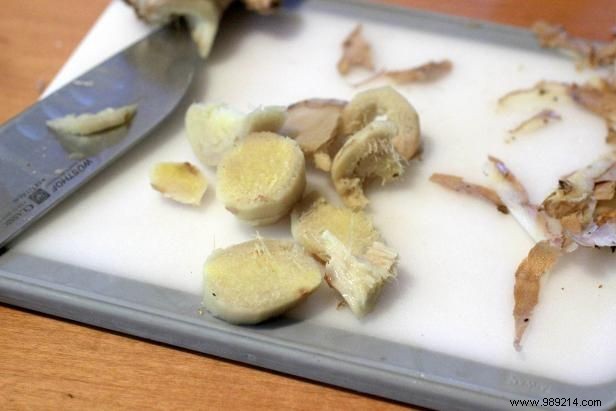
Peel a 1-1/2" piece of ginger root and cut into slices.
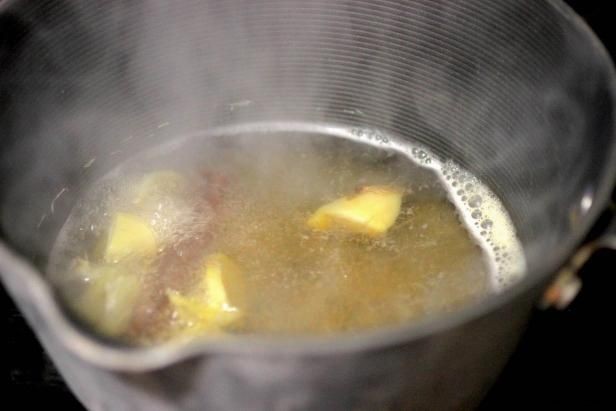
Place the ginger slices and a cinnamon stick in 1-1/2 cups of water in a heavy saucepan and bring to a boil over high heat. Reduce heat and simmer for 10 minutes.
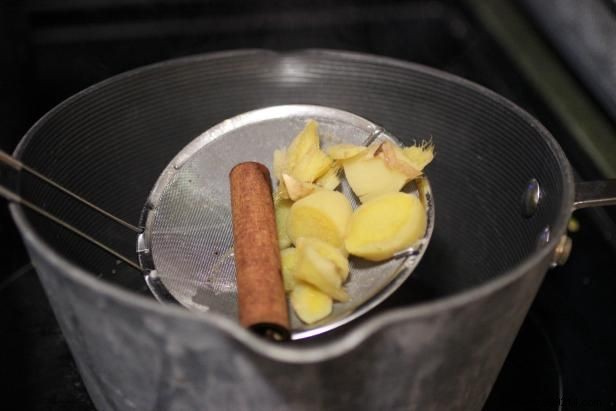
Remove ginger root and cinnamon stick from saucepan and discard.
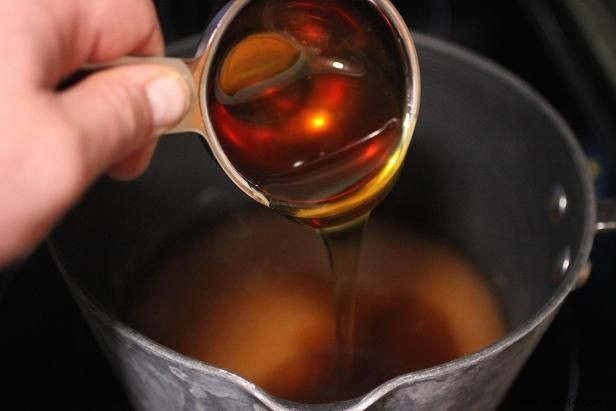
Add 1-1/2 cups sugar and 1/2 cup honey to the infused water in the saucepan and return to a boil over high heat.
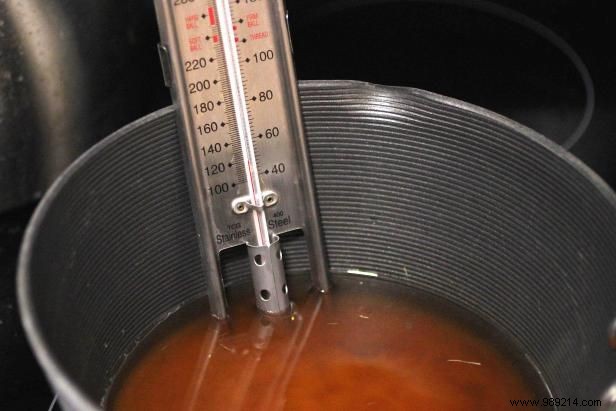
Stir until the sugar has dissolved and place a candy thermometer in the pot to monitor the heat.
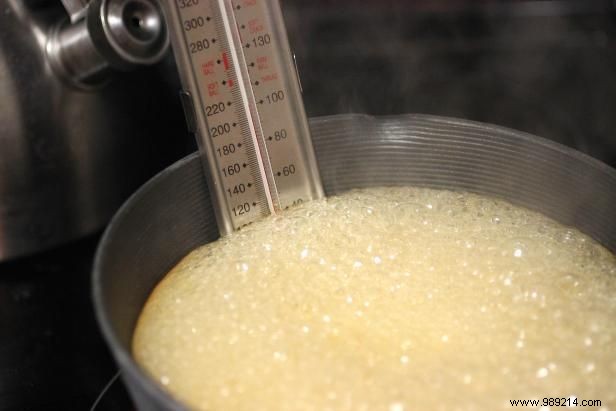
Once the sugar has dissolved, stop stirring and keep an eye on the pot as the temperature rises. As the temperature increases, the boil will be volatile, but will subside as the sugar approaches the 300 degrees F needed for the candy to harden when cooled (this is known as the "hard crack" stage) .
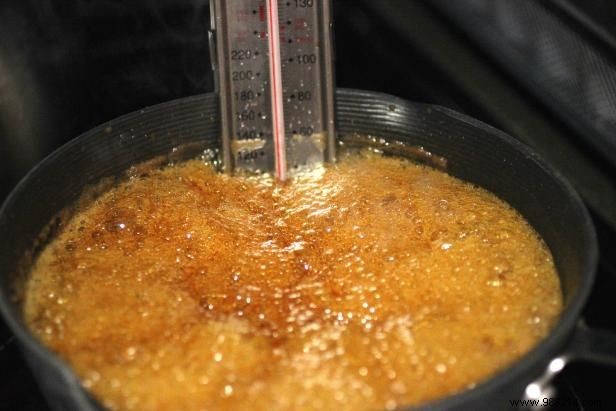
As the "hard crack" approaches, the water will have cooked, the color will darken and the consistency will melt.
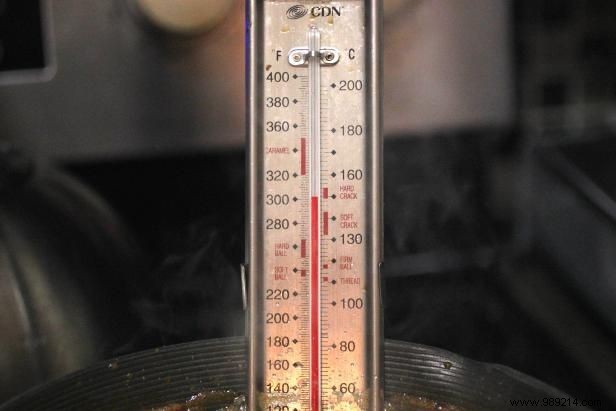
Look carefully. When the candy thermometer reads between 300 and 305 degrees, remove from heat.
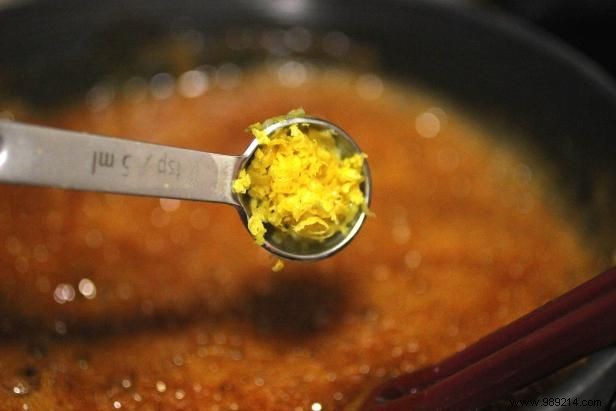
Add 2 tablespoons of lemon juice and 1 teaspoon of lemon zest. Be careful when adding the juice, which splashes and splatters on contact with the sugar.
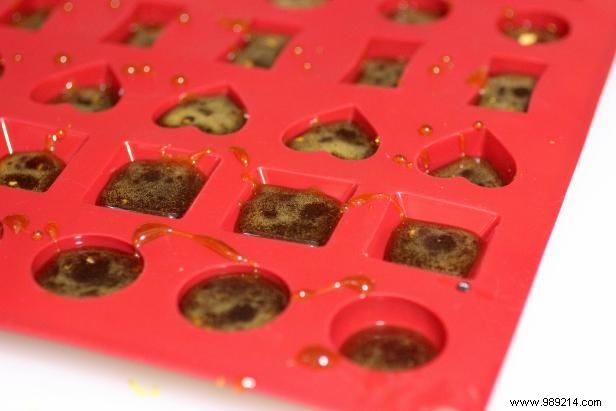
Immediately pour into candy molds. The number of tablets will vary depending on the size of the molds. Conseguimos unas 50 piezas, algunas con forma de rombos tradicionales y otras como corazones, árboles de Navidad y bastones de caramelo..
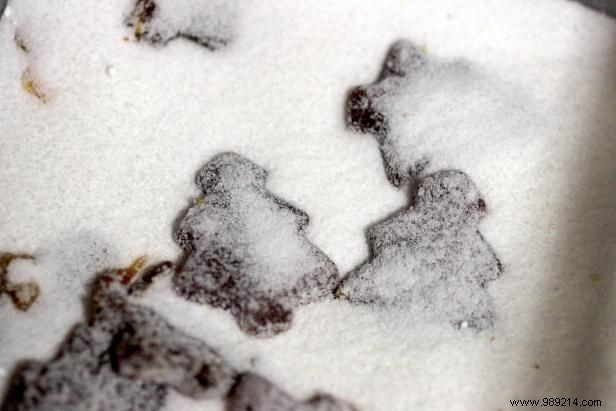
Una vez que se haya enfriado completamente (por lo menos una hora), retírelo de los moldes y colóquelo en un recipiente con tapa con 1/2 - 1 taza de azúcar superfino para evitar que las pastillas se peguen entre sí cuando se almacenan. Agitar para cubrir.
Se puede usar azúcar en polvo, pero tiende a agruparse. El azúcar extrafino se puede hacer a partir de azúcar regular colocándolo en un procesador de alimentos durante uno o dos minutos para reducir el tamaño de los cristales..
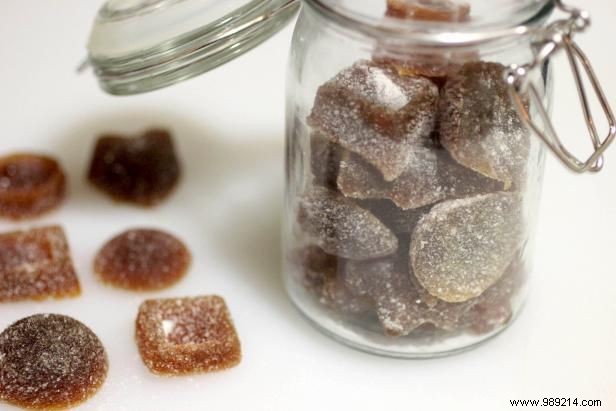
Cepille el exceso de azúcar de las gotas para la tos y guárdelo en un recipiente hermético en un lugar fresco y oscuro. Úselo en cualquier momento para aliviar el dolor de garganta o la tos. Tu fecha de pelicula te lo agradecerá..